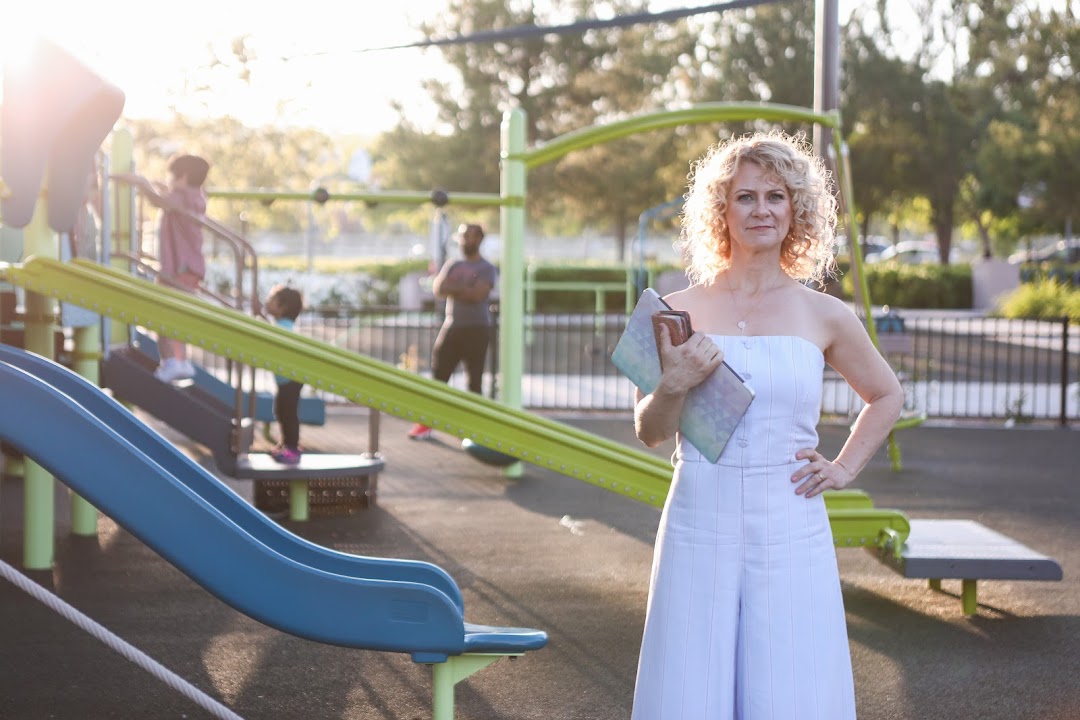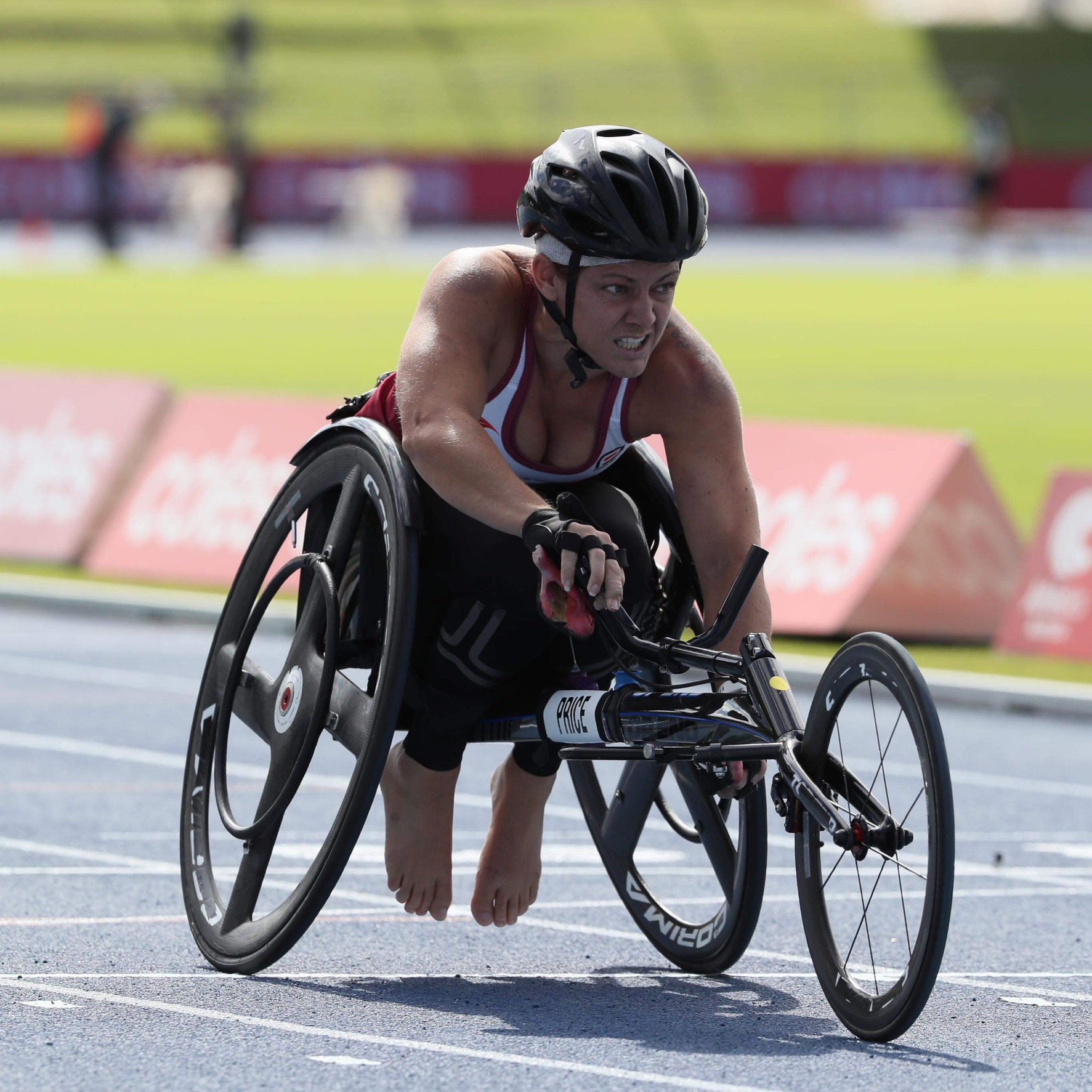Surviving childhood cancer
Several years ago, Natasha Penney shared the story of her toddler Sebastian, who was diagnosed with a rare form of bladder cancer at 18 months old. Now the six-year-old is thriving.
To mark International Childhood Cancer Day, This Is MedTech decided to catch up with Natasha for an update since we last spoke. “Sebastian finished treatment for rhabdomyosarcoma in 2016 when he was two. His journey, like many others, did not stop once treatment did,” she tells us.
Since then, medical technology has been used to support doctors in monitoring his situation closely. For the first two years, this included three-monthly magnetic resonance imaging (MRI) scans and biopsies taken under general anaesthetic (GA); the following year, Sebastian’s MRIs and biopsies were every six months. The MRIs generated detailed images of his bladder, while biopsies of his tissue samples allowed doctors to ensure there were no cancer cells present.
“Going into year three, he had ultrasounds to keep a check on him. This year he’s also had ultrasounds,” explains Natasha. An ultrasound is another type of scan that creates internal images of a person’s body.
According to the World Health Organization, about 300,000 children aged 0-19 are diagnosed with cancer each year. Childhood cancer generally cannot be prevented or screened, however, early diagnosis followed by effective treatment improves outcomes. In high-income countries more than 80% of children with cancer are cured, while the cure rate in many low- and middle-income countries is only about 20%.
Fortunately, Sebastian is now doing great, but there have been some bumps along the way.
“His blood tests used to be done under GA, or if an emergency, with us pinning him down with him biting and kicking, as he had a phobia of the needles. However, with amazing work from the play therapists and physiologist and the update in technology, Seb now has his blood tests without any problems,” says Natasha.
“The phlebotomists wear special glasses which show his veins and allow them to draw blood so much quicker. This may sound like a small change, but it has been massive in the recovery of his trauma. Seb is now fascinated by where the blood goes, and he was able to visit the lab and see what happens to his blood when it’s taken,” she adds. “He was so impressed that he gave a talk to his friends about it.”
Natasha feels strongly that the advances in technology have made life much easier. Most notably, when Seb needs it, the GA is now administered through gas and air rather than intravenously, and the ultrasound scans don’t require an anaesthetic at all.
“We did have a scare in December when Sebastian had some blood in his urine,” she notes. The consultants immediately arranged for an MRI and cystoscopies – a procedure that allows doctors to examine the bladder lining and the urethra.
“This was so quick and effective. The imaging machines are a blessing to put everyone’s mind at ease and so we were able to enjoy Christmas knowing Seb is still cancer free.”






